
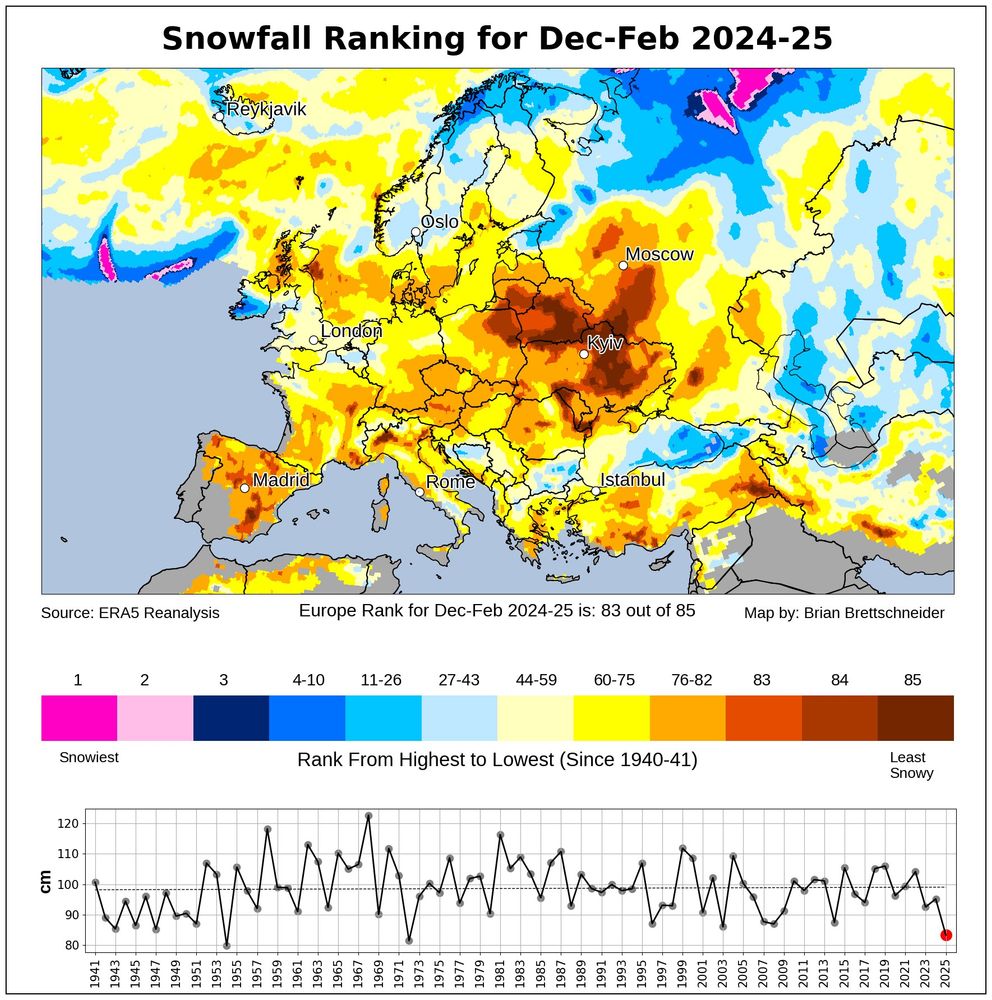
A: F*ck
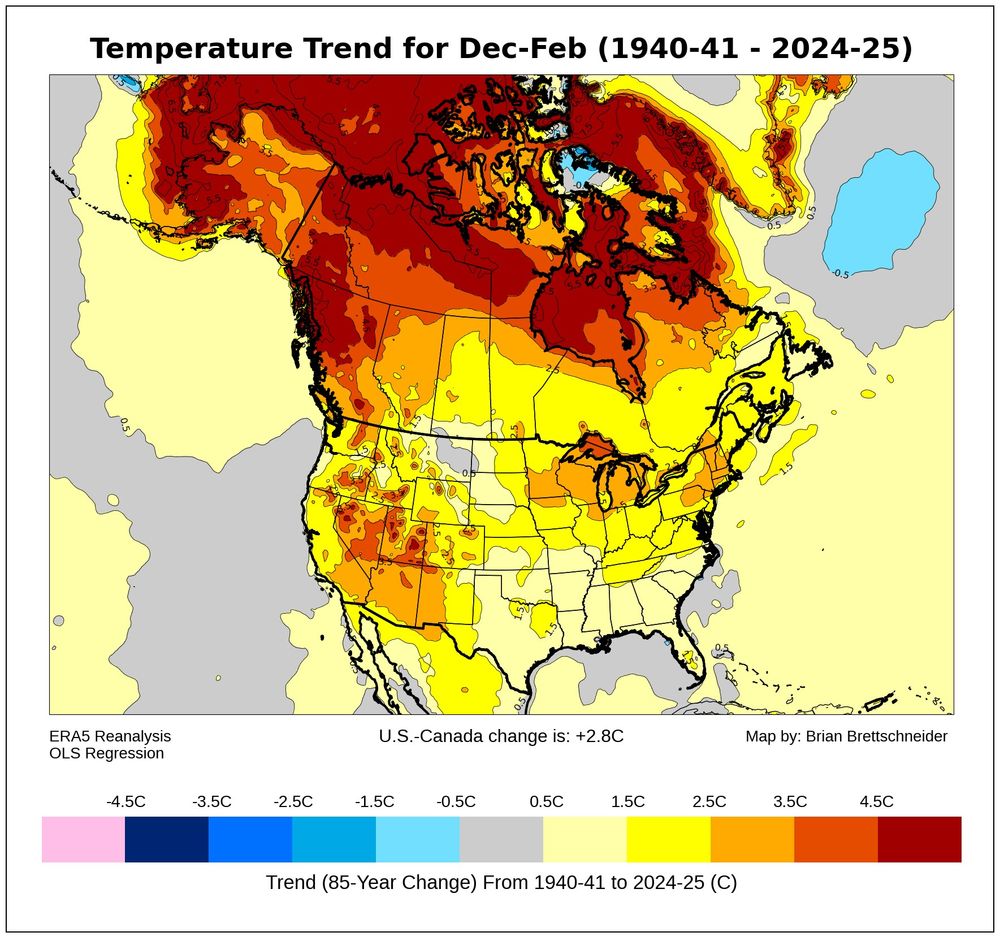
A: F*ck
More visuals at zacklabe.com/global-sea-i...
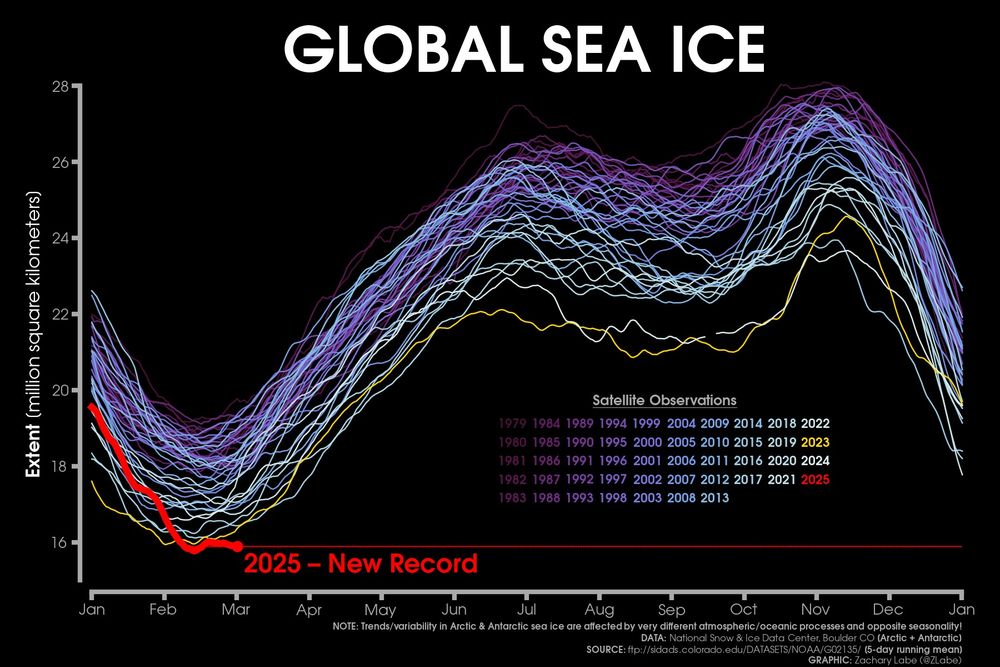
More visuals at zacklabe.com/global-sea-i...
• about 740,000 km² below the 2010s mean
• about 1,340,000 km² below the 2000s mean
• about 1,720,000 km² below the 1990s mean
• about 2,260,000 km² below the 1980s mean
Plots: zacklabe.com/arctic-sea-i... 🌊
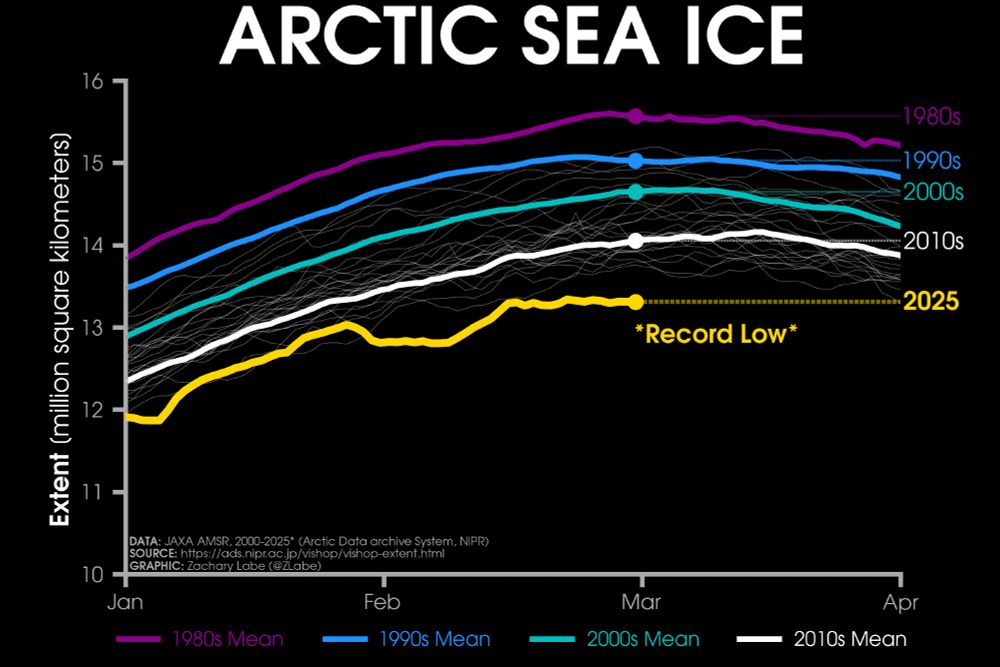
• about 740,000 km² below the 2010s mean
• about 1,340,000 km² below the 2000s mean
• about 1,720,000 km² below the 1990s mean
• about 2,260,000 km² below the 1980s mean
Plots: zacklabe.com/arctic-sea-i... 🌊
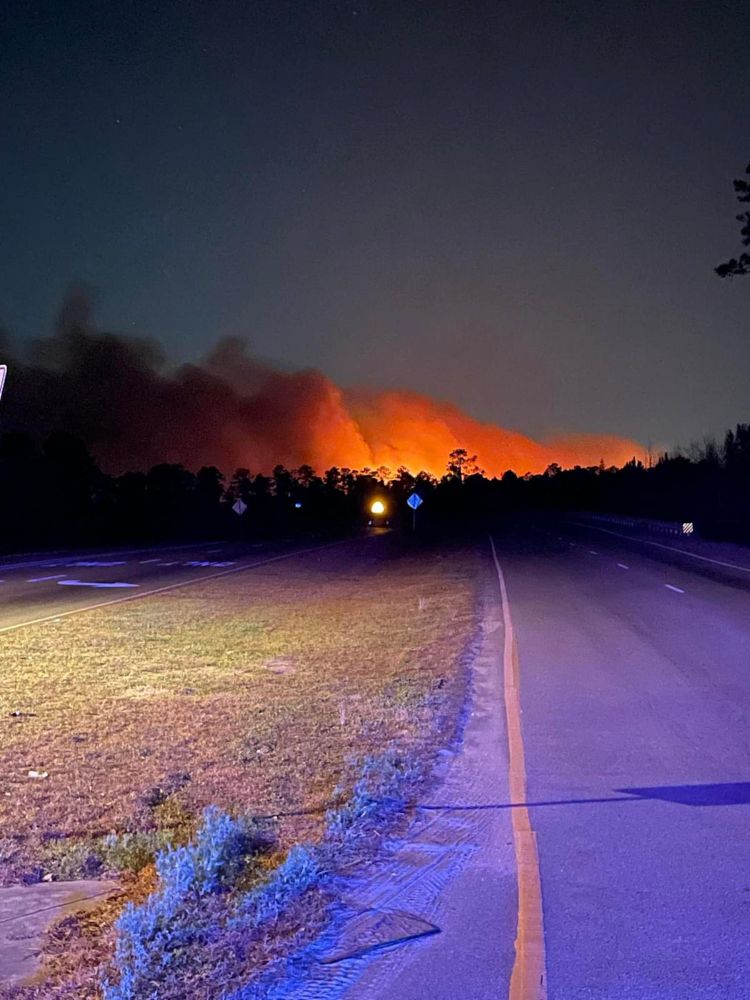
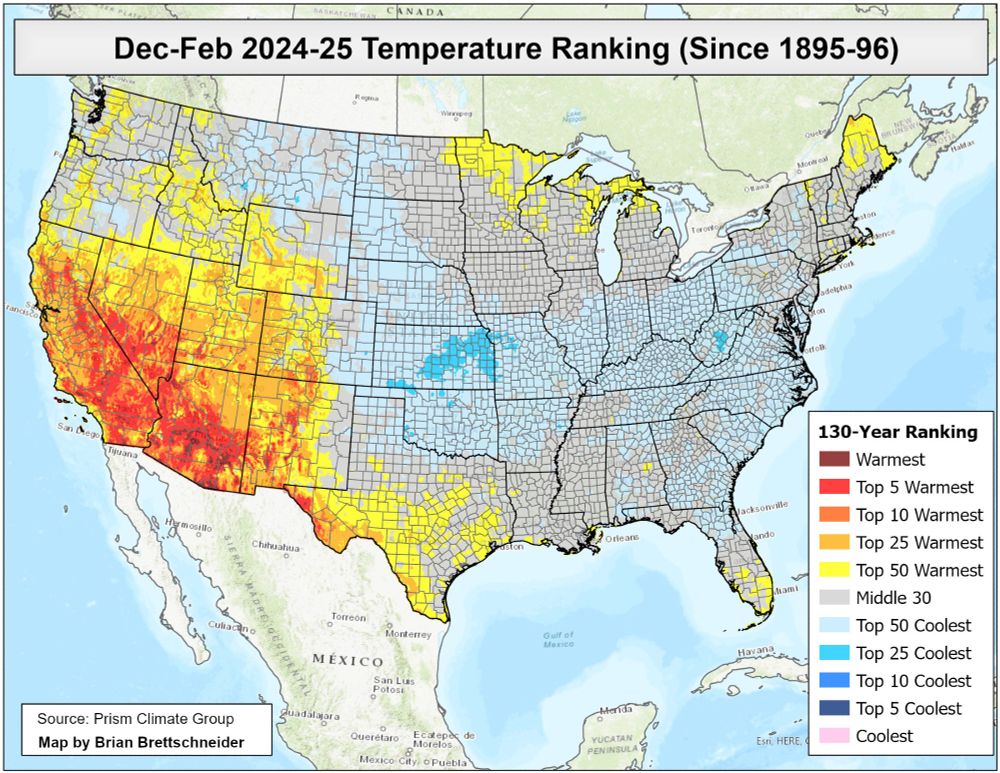
"Earth’s plants and soils reached peak carbon dioxide sequestration in 2008 but proportion absorbed has been declining since, study finds"
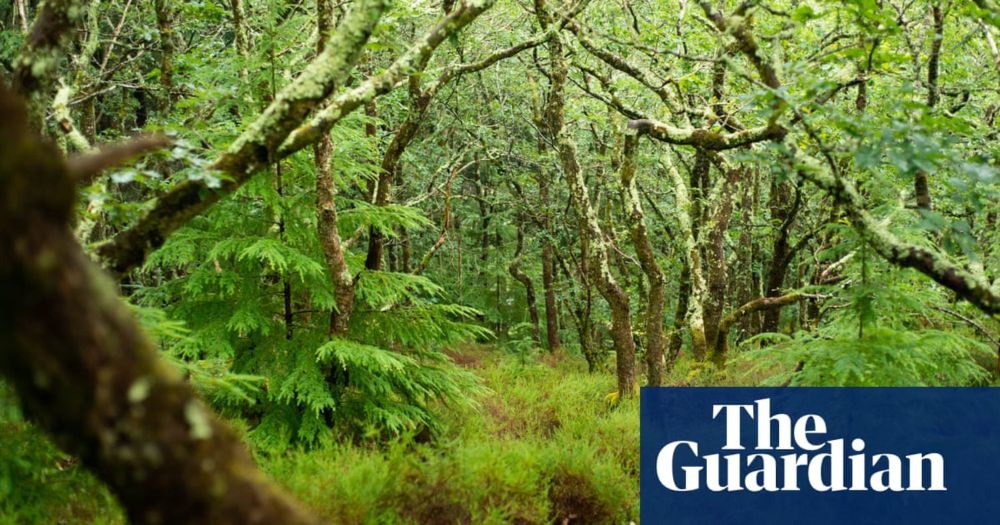
"Earth’s plants and soils reached peak carbon dioxide sequestration in 2008 but proportion absorbed has been declining since, study finds"
www.sciencedirect.com/science/arti...
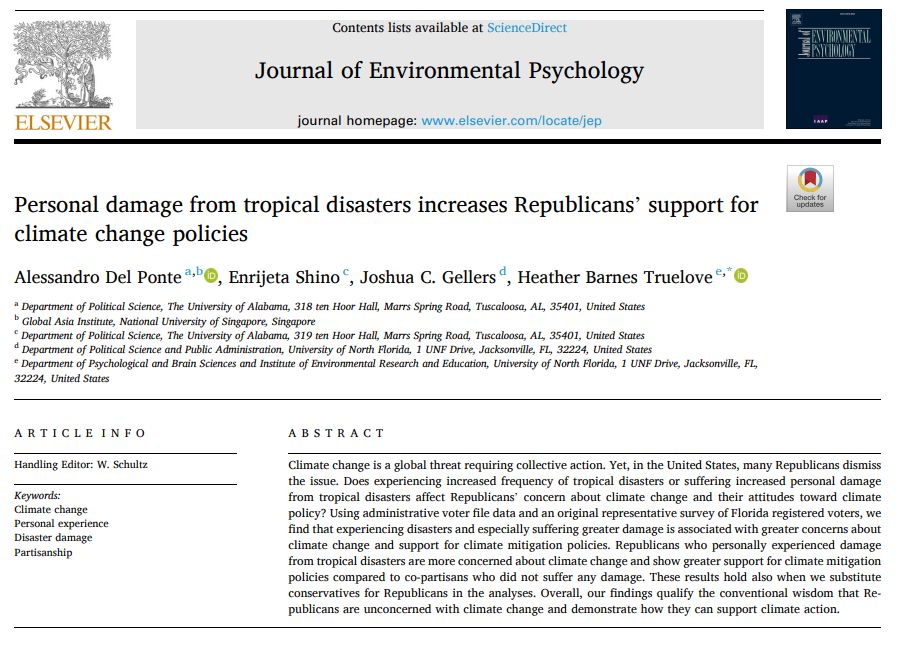
www.sciencedirect.com/science/arti...
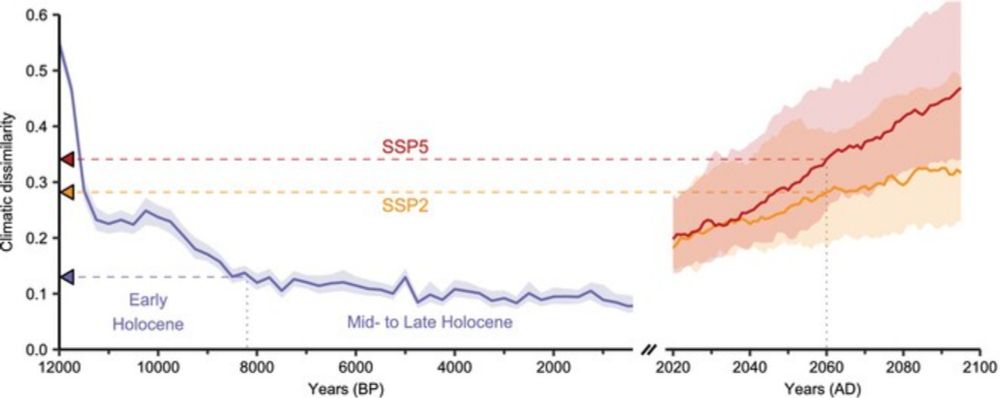
Data from doi.org/10.24381/cds... ⚒️
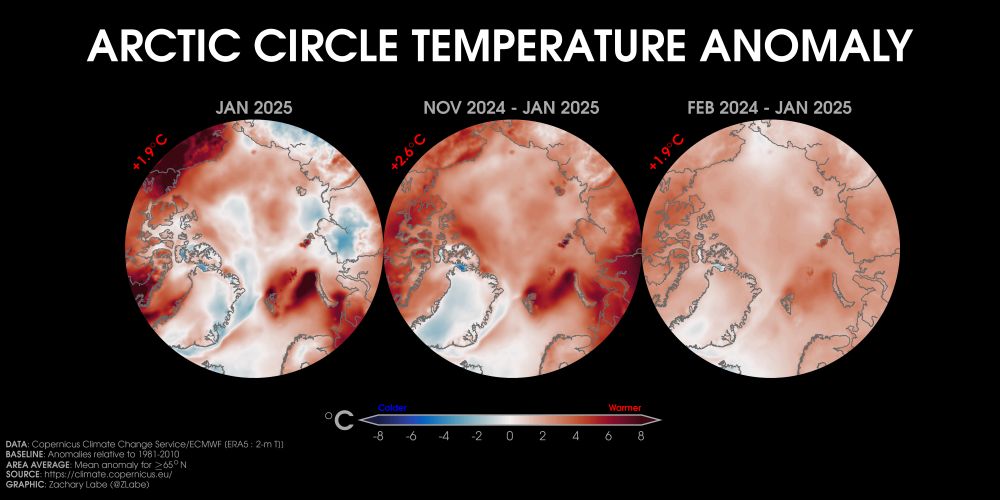
Data from doi.org/10.24381/cds... ⚒️
Follow the daily data at zacklabe.com/arctic-sea-i.... Data from JAXA. ⚒️🥼❄️
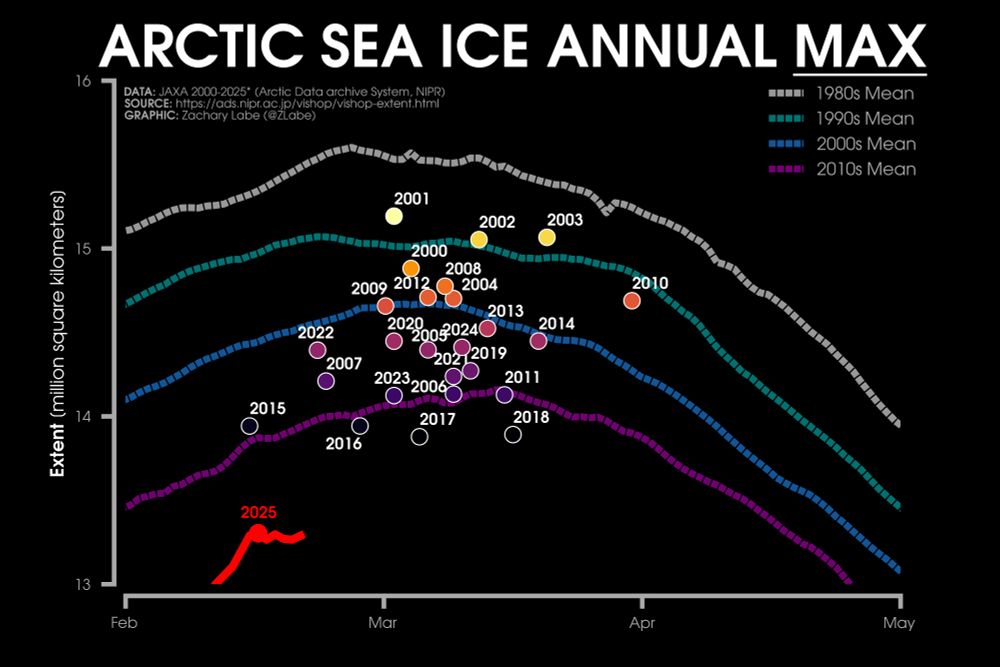
Follow the daily data at zacklabe.com/arctic-sea-i.... Data from JAXA. ⚒️🥼❄️
www.climate.gov/news-feature...
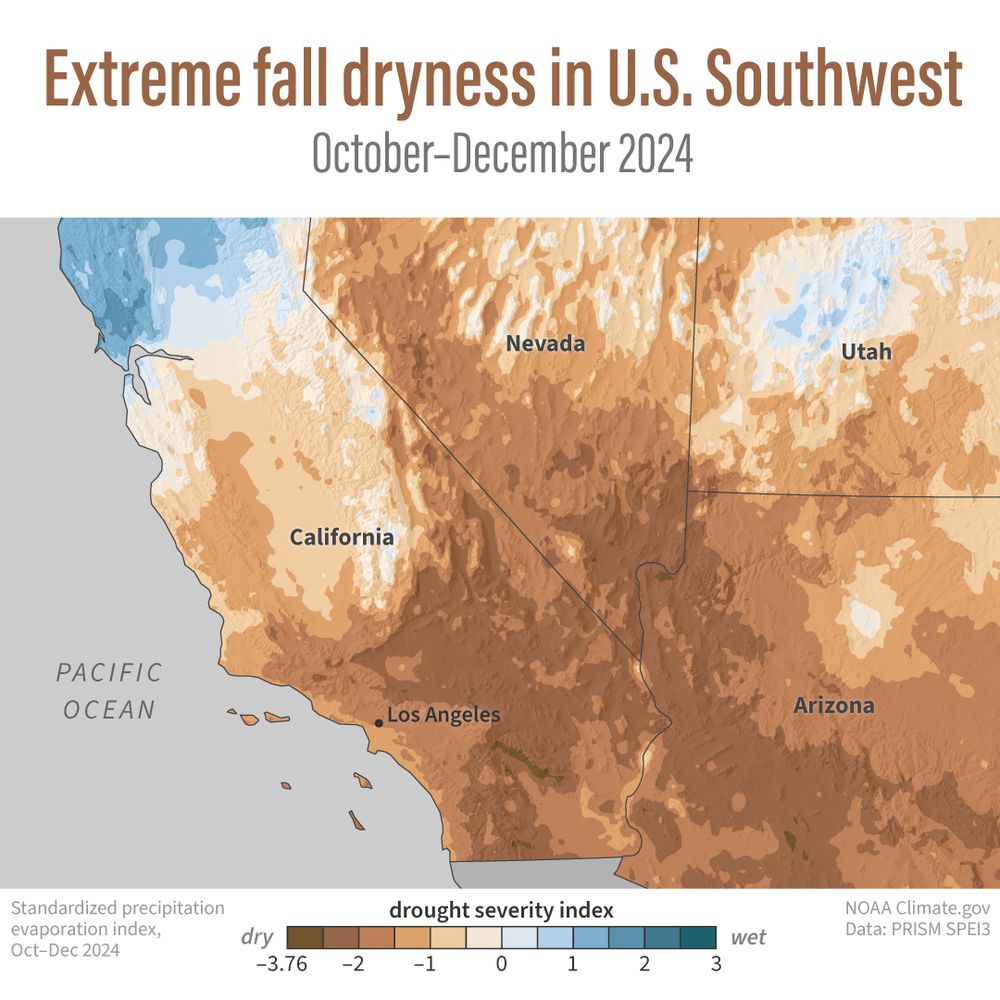
www.climate.gov/news-feature...
J’ai eu le plaisir de discuter de la saison record de 2023 et du rôle de la science pour mieux comprendre ces événements extrêmes. 🌍🔥
🎥 À voir ici 👉 www.youtube.com/watch?v=q_c0...
#FeuxDeForêt #Climat #ScienceEnAction #MachinClub

J’ai eu le plaisir de discuter de la saison record de 2023 et du rôle de la science pour mieux comprendre ces événements extrêmes. 🌍🔥
🎥 À voir ici 👉 www.youtube.com/watch?v=q_c0...
#FeuxDeForêt #Climat #ScienceEnAction #MachinClub
🟥 warmer than average
🟦 colder than average
Dataset (NOAAGlobalTempv6) described in doi.org/10.1175/BAMS...
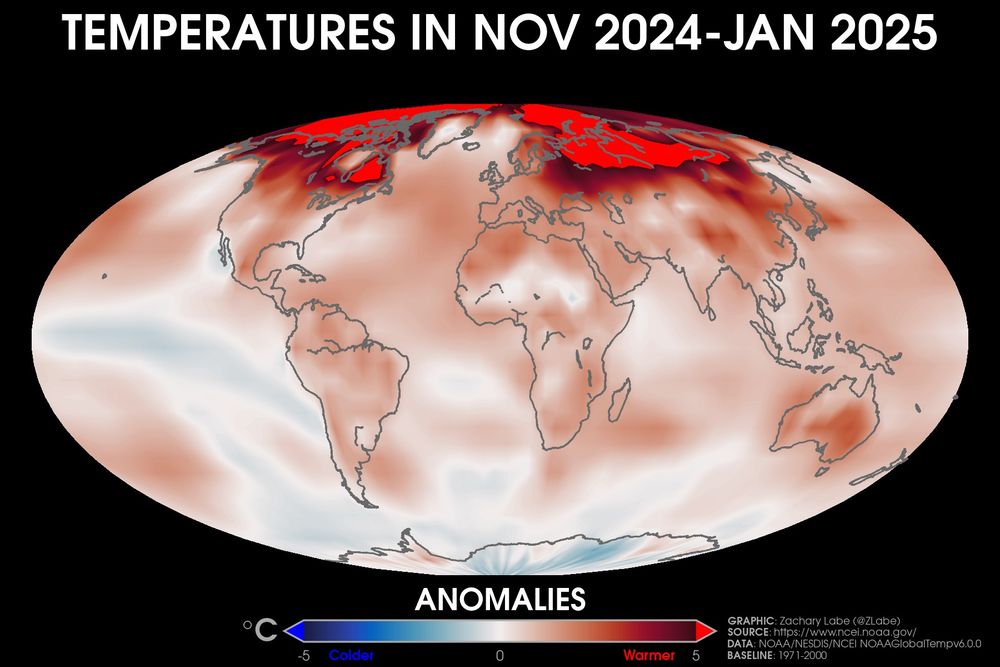
🟥 warmer than average
🟦 colder than average
Dataset (NOAAGlobalTempv6) described in doi.org/10.1175/BAMS...

#ClimateChange is reshaping forest ecosystems, and the spruce budworm (Choristoneura fumiferana), a major boreal forest defoliator, is feeling the heat! 🔥
Our latest study in PLOS Climate reveals some striking trends. 🧵👇

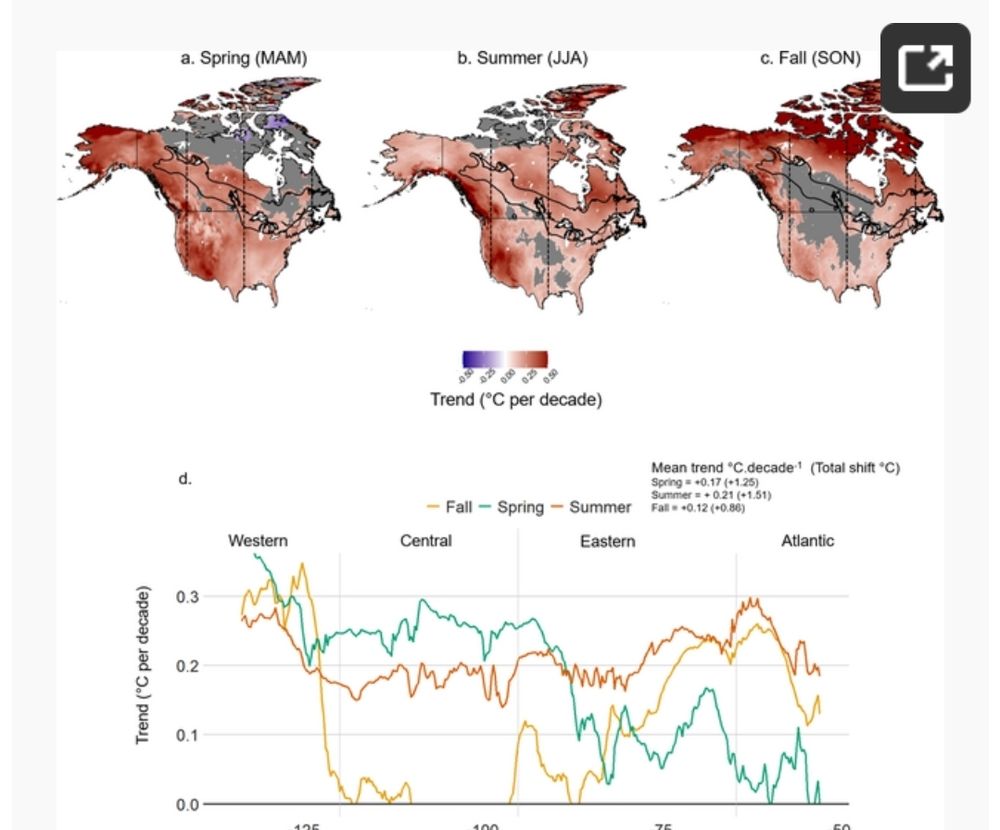
#ClimateChange is reshaping forest ecosystems, and the spruce budworm (Choristoneura fumiferana), a major boreal forest defoliator, is feeling the heat! 🔥
Our latest study in PLOS Climate reveals some striking trends. 🧵👇
• about 780,000 km² below the 2010s mean
• about 1,450,000 km² below the 2000s mean
• about 2,010,000 km² below the 1990s mean
• about 2,370,000 km² below the 1980s mean
Plots: zacklabe.com/arctic-sea-i... 🧪
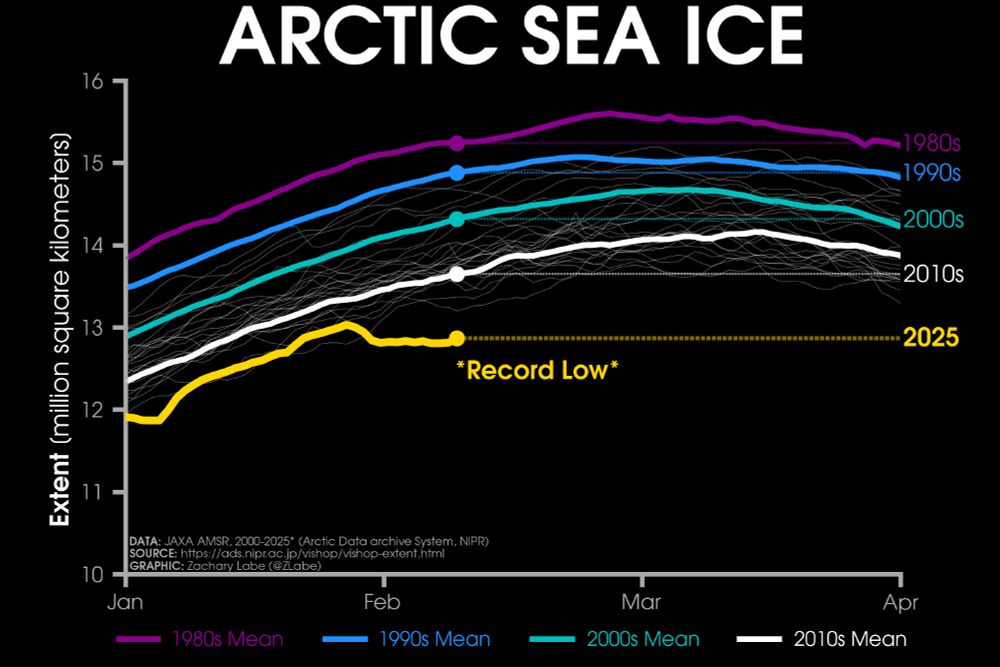
• about 780,000 km² below the 2010s mean
• about 1,450,000 km² below the 2000s mean
• about 2,010,000 km² below the 1990s mean
• about 2,370,000 km² below the 1980s mean
Plots: zacklabe.com/arctic-sea-i... 🧪
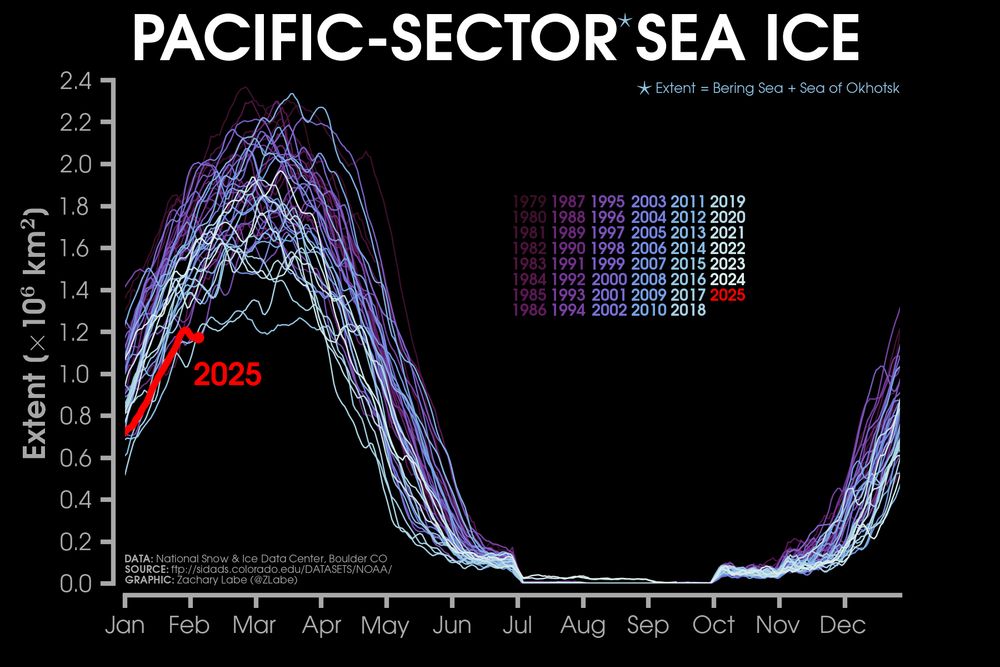
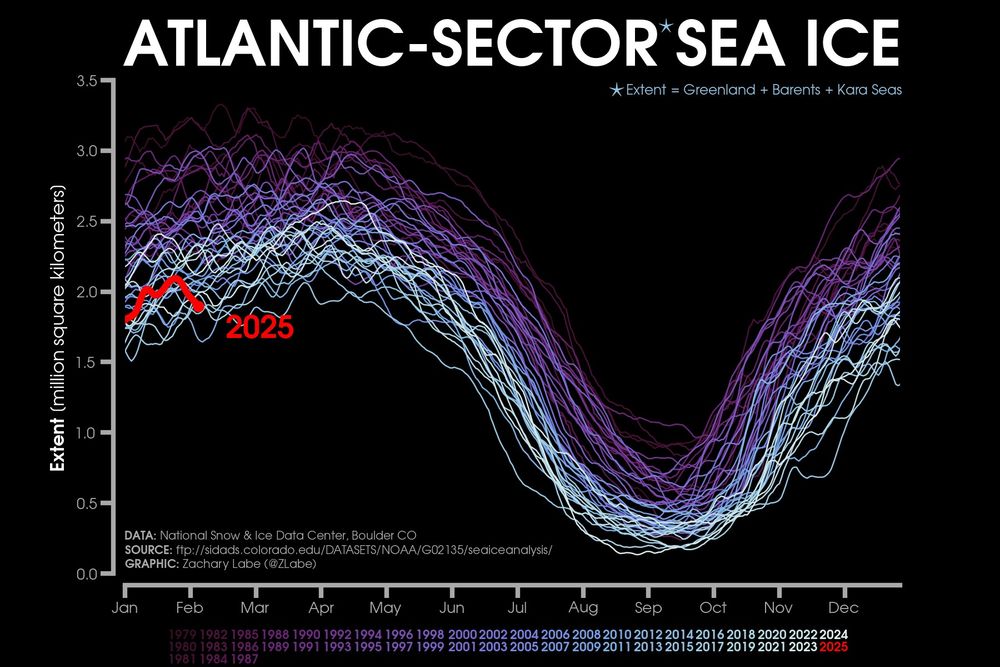
Dive into the analysis of anthropogenic and natural factors 👉 bit.ly/40kQpcz
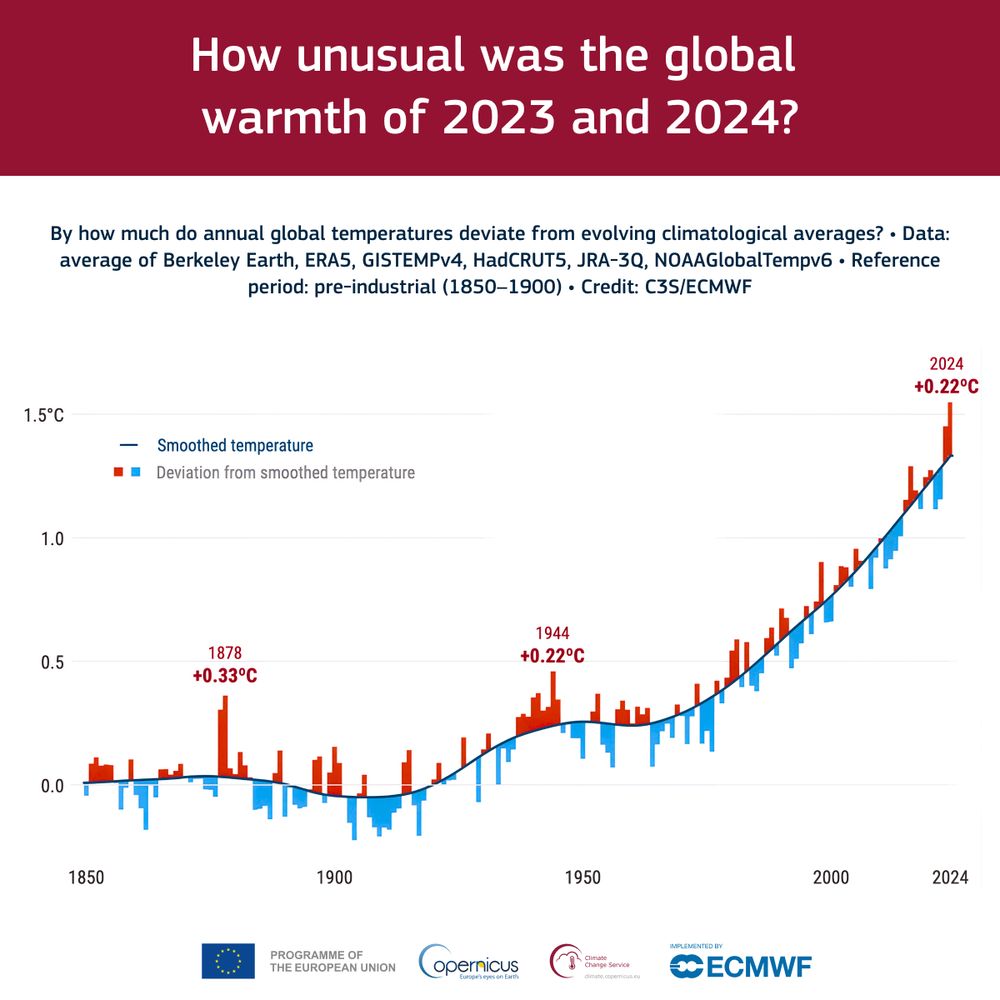
Dive into the analysis of anthropogenic and natural factors 👉 bit.ly/40kQpcz
Unreal.
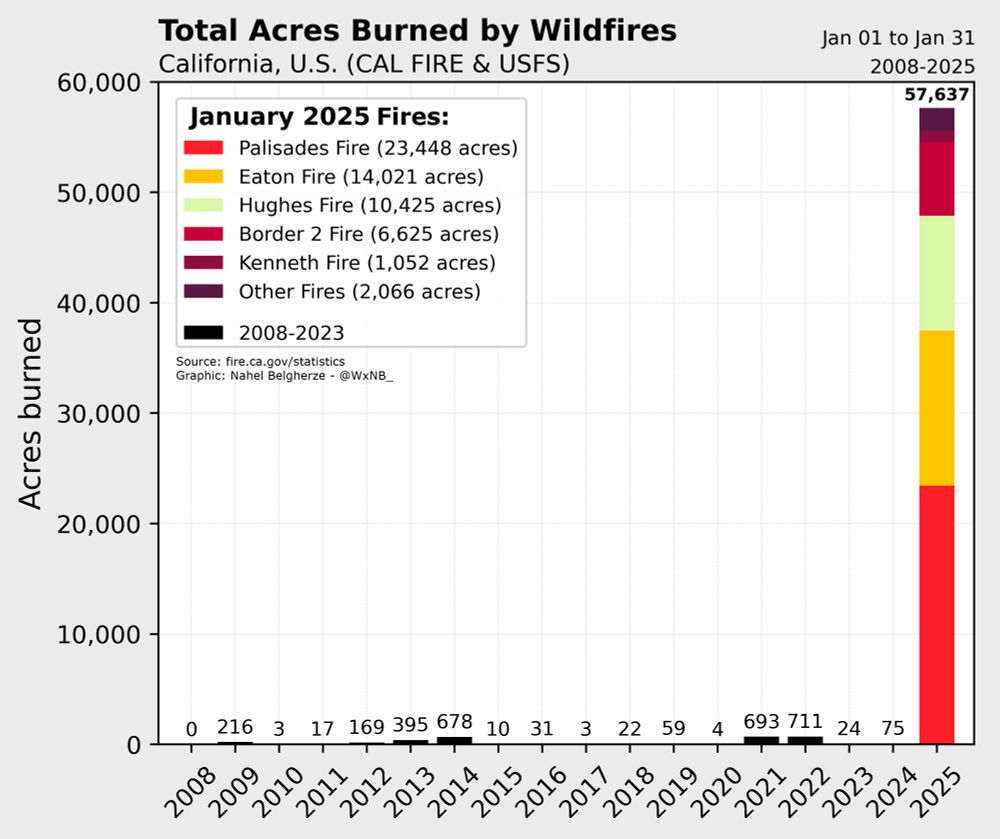
Unreal.

🔧 Install: `install.packages("tmap")`
📚 Vignettes: https://buff.ly/4aAYNbq
📖 Book Chapter: https://buff.ly/43TokaF
#maps #tmap #rspatial
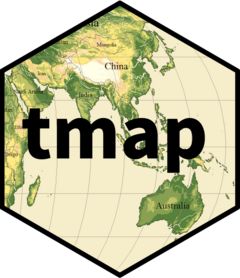

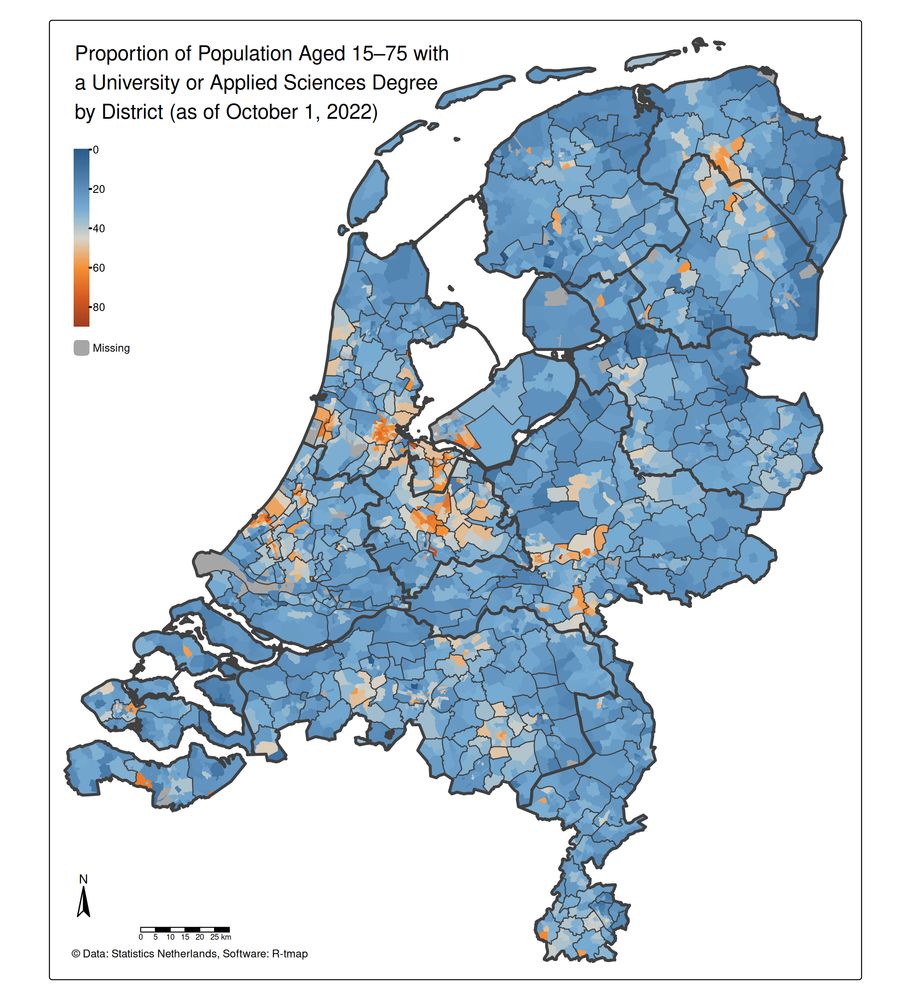
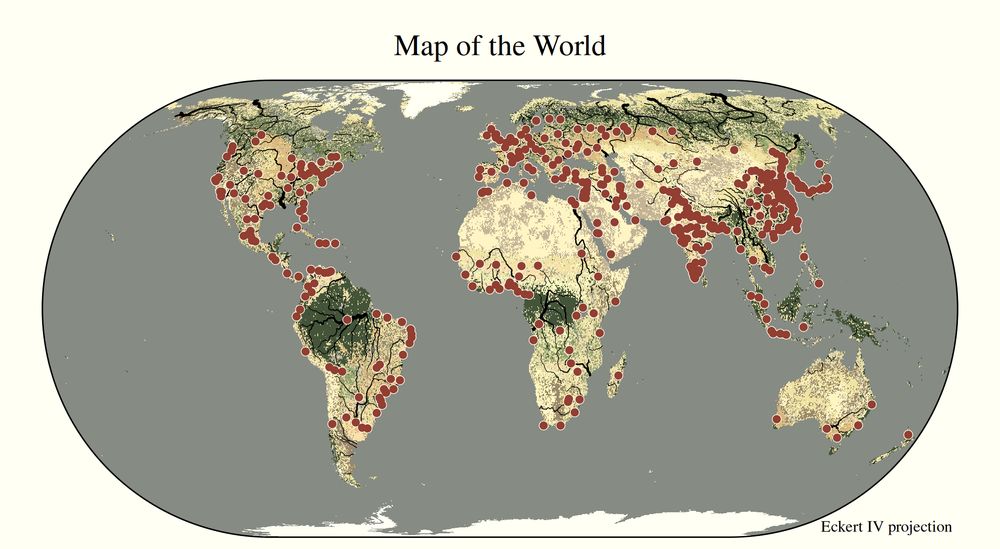
🔧 Install: `install.packages("tmap")`
📚 Vignettes: https://buff.ly/4aAYNbq
📖 Book Chapter: https://buff.ly/43TokaF
#maps #tmap #rspatial
RealClimate: Comparison Update 2024 www.realclimate.org/index.php/ar...

RealClimate: Comparison Update 2024 www.realclimate.org/index.php/ar...


